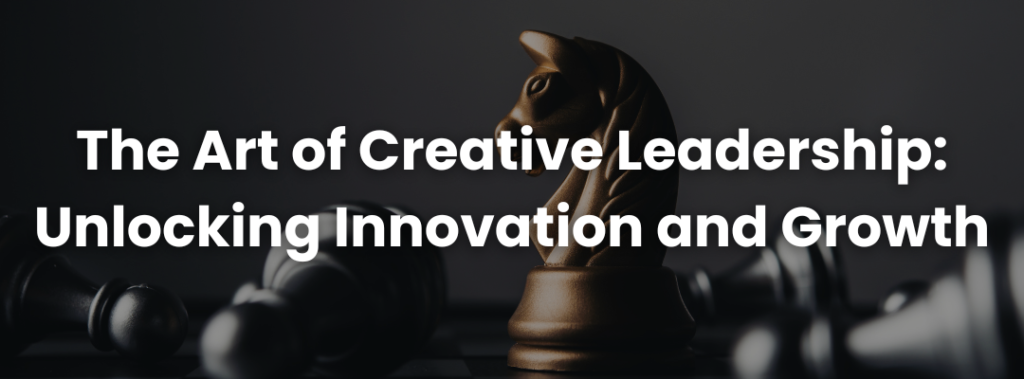
Every human being at some point in their life knowingly or unknowingly turns to be a leader in their own environment. Some would take this as an opportunity to sharpen their leadership skills while some others just push through the responsibility.
Today’s technology driven world definitely needs a creative touch in any area and that is very much applicable to the leadership styles be it in an organization or any sector which involves a lot of people
What is Creative Leadership?
It’s a mindset and a culture created by the leader which allows the upliftment of his fellow beings through experiments, learning and collaboration. By this approach the people around the leader too grows with him mentally, emotionally, financially and spiritually creating an everlasting bond which outgrows any circumstances with confidence.
How to become a Creative Leader?
Focus on Self-Transformation – Its always good to audit where we stand in our inner world on a regular basis. Choose a specific strategy which allows us to be self motivated and gets us moving forward in the right direction but in a calm and composed manner. The regular practice of our strategy will create a better version of our own self . Our own new version can include developing our passion, building our skills, taking risks, fostering a creative mindset and leading by example. Meditation plays a key role in shaping our transformation.
Creating the Mindset and Culture – Broad vision and effective communication about the vision to the team is a great quality for a creative leader. Understanding and appreciating diverse perspectives is yet another way to stay connected. The skill to adapt to various changing circumstances keeps the ball rolling. Perseverance and the ability to learn from failures is a great way to forge ahead during tough times. Collaborate diverse minds and inspire to think differently, take risks, and push boundaries.
Action Plan
- Readiness to new experiences, taking on new challenges and projects increases the capability to take calculated risks.
- Networking with creative people and keeping connection with those who share our interests boosts our morale and helps us sail through difficult times.
- Developing our own communication skills and style of communication. This in turn helps to effectively project new ideas and goals.
- Accept our own flaws and practice reflection and entertaining constructive feedback by regularly reflecting on our own experiences.
- Always stay curious to continuously learn and explore new ideas.
Conclusion
Creative leadership creates a positive and engaging work environment. It establishes a competitive advantage by differentiating organizations. By cultivating creative leadership, organizations can drive innovation, growth, and success, and stay ahead of the curve in today’s fast-paced business landscape.
